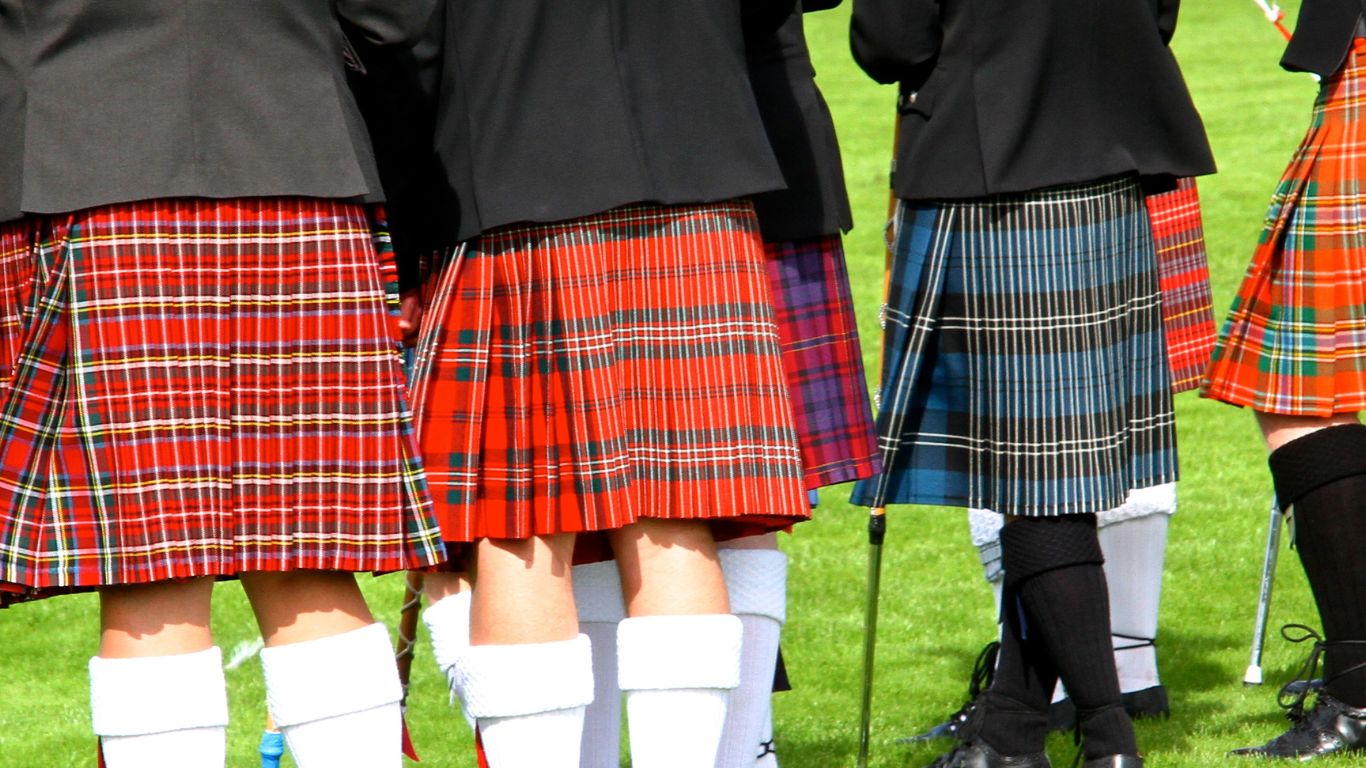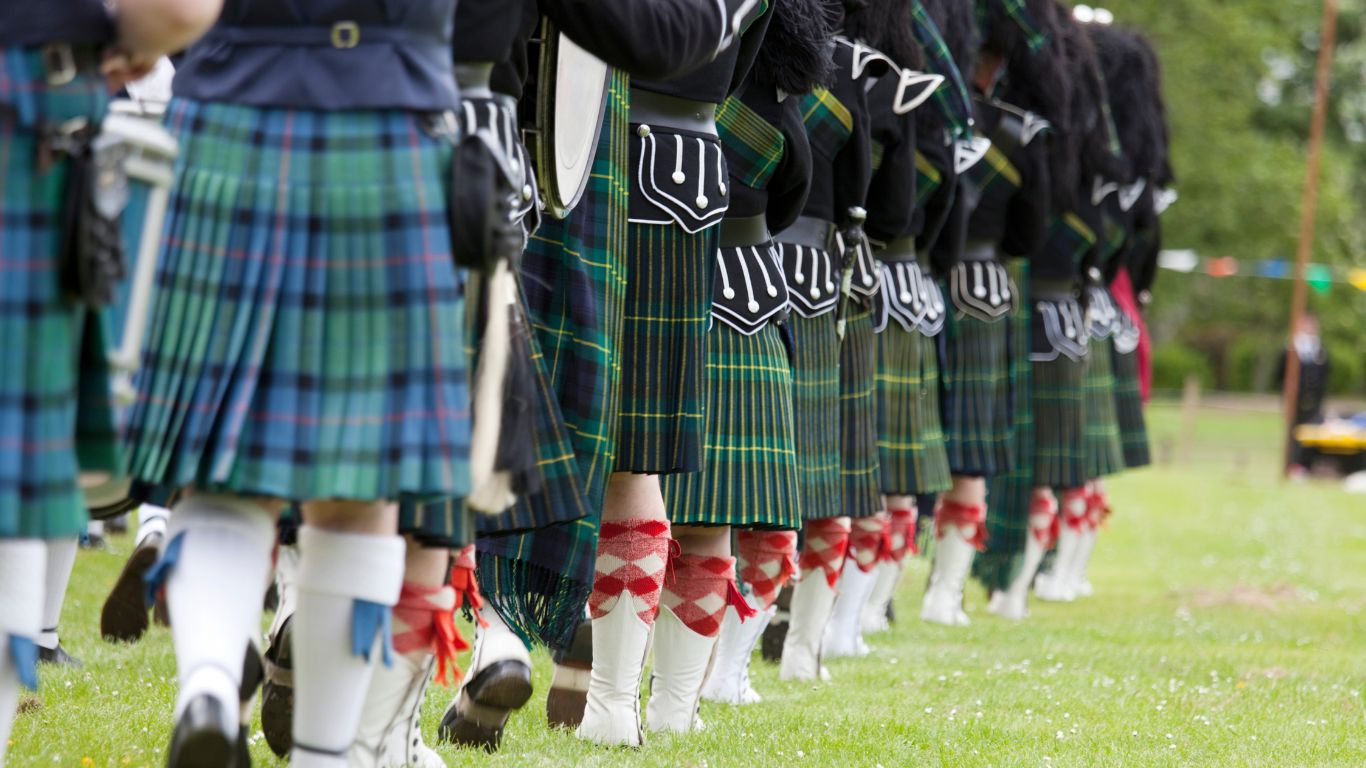When it comes to traditional and timeless patterns in the world of fashion and textiles, few can rival the enduring appeal of tartan and plaid. These two patterns have captured the hearts of many with their rich history, cultural significance, and versatile use in various products.
While often used interchangeably, tartan and plaid are distinct patterns with unique origins and characteristics. This comprehensive guide will explore the world of tartan vs plaid, browsing their histories, differences, and common misconceptions.
What Is Tartan: A Glimpse into Its History:

Tartan, characterized by its crisscrossing horizontal and vertical stripes, finds its origins in the Scottish Highlands. It was initially used to identify clans and distinguish one's affiliation. The intricate patterns were created using traditional weaving techniques and natural dyes, resulting in a spectrum of colors that held symbolic meanings.
The origins of tartan, including the iconic tartan kilt, trace back to ancient Scotland, where the pattern served a functional purpose before becoming a fashion statement. The woven fabric, adorned with distinctive patterns of intersecting lines, initially served as a garment for protection against the harsh Highland climate.
Over time, however, tartan evolved into much more than a practical piece of clothing; it became a symbol of familial and regional pride.
Plaid: Unraveling Its Origins:
Plaid, rooted in the Scottish Highlands, began as a utilitarian necessity, adapting to the challenging weather conditions and rugged landscapes.











